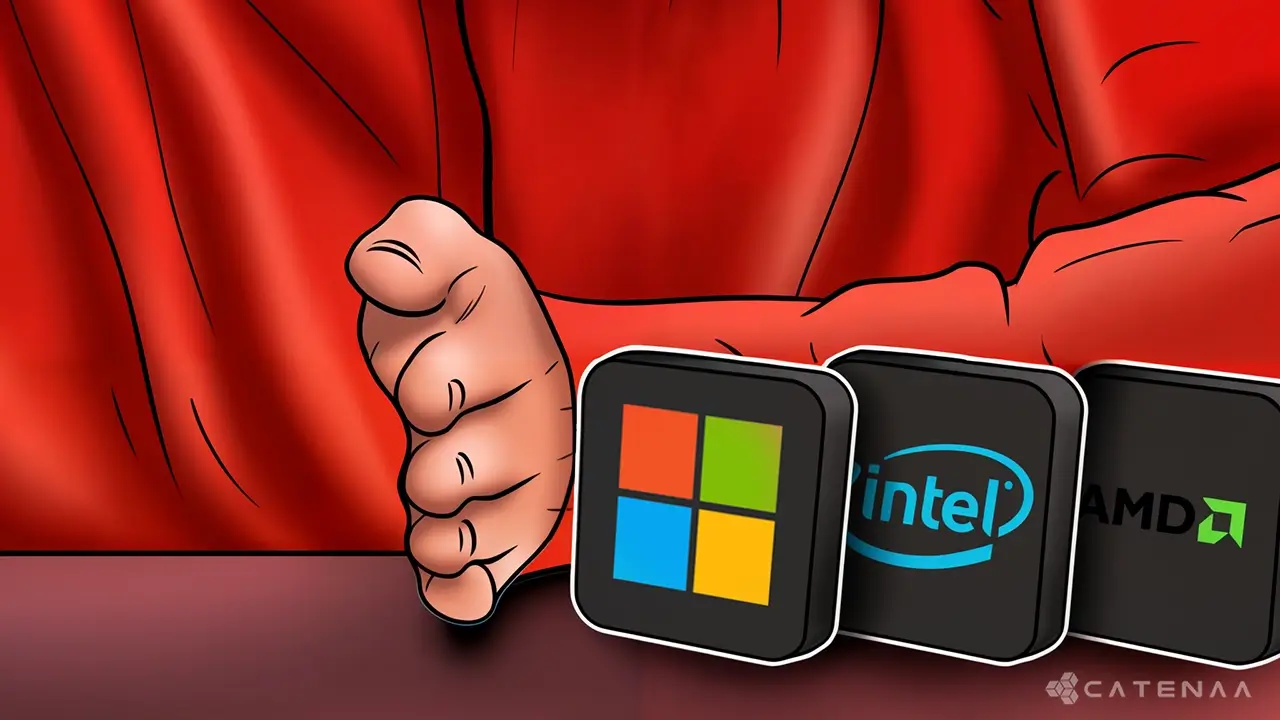Beijing, China, Monday, April 1, 2024 – The technological rivalry between the United States and China intensified last week as Beijing restricted government agencies from using American hardware and software, according to the safety list published by China Information Technology Security Evaluation Centre.1
The announcement was issued in December 2023.
According to the Financial Times, officials are directing government departments to transition away from foreign-made microprocessors and Microsoft Windows operating systems.
The new directive mandates the use of “safe and reliable” processors, a category that excludes all foreign providers, according to a separate list released by a Chinese state testing agency.
This list (http://www.itsec.gov.cn/aqkkcp/cpgg/202312/t20231226_162074.html) solely features processors from domestic companies, such as Huawei subsidiary HiSilicon and state-backed Phytium.
The move would effectively sideline industry leaders like Intel and AMD, which dominate the personal computer and laptop processor market.
Furthermore, Beijing reportedly desires a shift from Microsoft Windows towards domestically developed operating systems.
Foreign chipmakers seeking “safe and reliable” designation from Chinese authorities would face stringent requirements, including the disclosure of complete research and development documentation and code within their applications.
A potential ban on supplying China’s government could impact the bottom lines of U.S. tech giants. China served as Intel’s largest market in 2023, contributing over a quarter of its total sales. Similarly, AMD generated 15% of its 2023 revenue from China.
Both Intel and AMD declined to comment, while Microsoft did not respond to a request for comment at the time of publication.
The acceleration of this effort coincides with 2021, when U.S. sanctions disrupted operations at Chinese tech company Huawei, according to a Bloomberg report from that time.
The move aligns with China’s broader “Made in China 2025” strategy, aiming to reduce reliance on foreign technology and establish the country as a tech leader.
The tensions aren’t one-sided. The US is also working to lessen its dependence on China for chips with the CHIPS Act, which subsidizes domestic production. This comes alongside US restrictions on China’s ability to produce advanced chips.
Apple, another casualty of the tech war, has seen a decline in Chinese sales, a market previously contributing 17% of its total revenue.
This decline coincides with China’s push for domestic tech solutions and a resurgence of Huawei, which launched a competitive 5G smartphone despite US sanctions.
In recent years, the US and several Western countries have imposed bans on Chinese technology firms, notably Huawei, citing national security concerns. These bans stem from fears of potential espionage and data security risks associated with using Chinese-made telecommunications equipment and infrastructure.
The US, in particular, has led efforts to restrict Huawei’s access to American markets and technology, barring its involvement in critical infrastructure projects and discouraging allies from using its products. The bans have escalated trade tensions between the US and China, leading to retaliatory measures and fueling debates over technological sovereignty, global supply chains, and the future of 5G networks.
- itesec.gov.cn: http://www.itsec.gov.cn/aqkkcp/cpgg/202312/t20231226_162074.html[↩]


